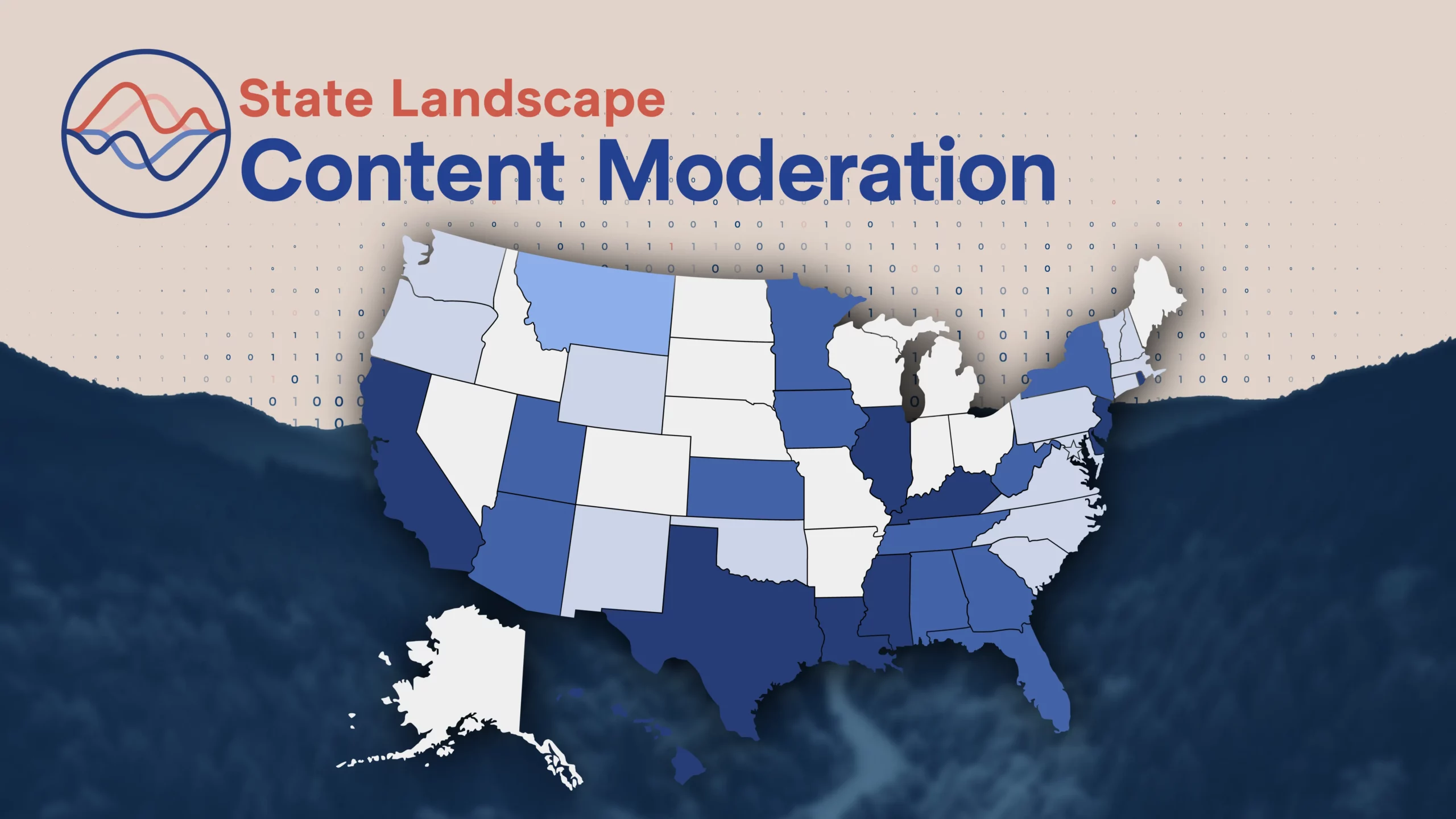IP’s “Immigration” Policy, Part 2
Last week I wrote about a phenomenon I referred to as ‘IP immigration,’ in which plaintiffs with non-IP injuries bring lawsuits making IP-based claims, usually due to the potency of IP remedies compared to what they can claim using more conventional claims. Given the recent Celebgate debacle, in which compromising photos from celebrities’ iCloud accounts leaked onto the Internet, it is timely to think about whether IP ‘immigration’ is a desirable trend.
As I mentioned before, this phenomenon is not limited to copyright, but it seems to occur most frequently in copyright. That makes sense; copyright does occasionally play what might look like a privacy-related function in relation to unpublished works. Cases like Salinger v. Random House, which involved a biographer’s use of author J.D. Salinger’s unpublished letters, and the Supreme Court’s decision in Harper & Row v. Nation Enterprises, which involved a magazine reporting lengthy quotes from former President Gerald Ford’s memoirs using a leaked manuscript, show that copyright interests can be used control the act of first publication. Still, many ‘immigration’ cases don’t involve unpublished works at all.
In that vein, consider legislation introduced in the 1990s which proposed granting the United States a copyright in the American Flag. (e.g., here and here). The stated purpose was to prevent anyone from burning or otherwise desecrating flags, a subject of great interest in the early 1990s following court decisions holding that the First Amendment protected such acts. By assigning a copyright to the government and extending a public license for anyone to sell, distribute, manufacture, and, under certain circumstances, display the flag, the legislation would have permitted the sale and display of flags, but empowered the U.S. Government to still bring criminal charges against flag burners to prevent mutilation of a flag. (I’m indebted to Prof. Mark Lemley for pointing out these proposals.) Confronted with the nearly insurmountable barrier of the First Amendment, these (ultimately unsuccessful) bills would have attempted a work-around by ‘immigrating’ to one of the few established First Amendment exceptions: copyright.
Publicity Rights & Trademark
We can also find examples of what appear to be “immigration” outside of copyright. The suit by Manuel Noriega that I mentioned last week indicates that publicity rights might also experience ‘immigration.’ The former Panamanian dictator (deposed by a 1989 U.S. invasion and currently serving a sentence in Panama for murder, embezzlement, and corruption) brought suit under California law to challenge his appearance in a video game by developer Activision Blizzard.
Activision’s game “Call of Duty: Black Ops II,” which included Noriega as a (non-playable) character, places the player in fictionalized accounts of special operations during historical events. Noriega took issue with Activision for numerous reasons, including that it painted him as a “murderer,” and that it “creat[ed] the false impression that defendants are authorized to use plaintiff’s image and likeness.” Years ago, Noriega might have sued Activision for libel, but as a public figure Noriega faces a higher bar (and of course, it is hard to dispute depictions of oneself as a murderer while serving a criminal sentence for murder). In Europe, Noriega might exercise his “right to be forgotten,” demanding that stories of his international crimes in the 1980s be removed on the basis that they were dated and ‘not representative’ of him. With Activision being California-based, however, Noriega sued for publicity rights infringement. (Law prof and veteran blogger Eugene Volokh opined that, under current law, Noriega’s claim is “surprisingly strong”.)
Some might also point to actress Lindsay Lohan’s various publicity rights suits, such as that against E-Trade over its 2010 “milkaholic” talking baby Super Bowl ad. Lohan has frequently litigated over publicity rights (see here and here); one could debate whether these suits merely result from aggressively guarding rights, or censorious intent.
Trademark has also seen what might be construed as examples of ‘immigration.’ When WordPress provider Automattic released its Transparency Report this year, it also posted a “Hall of Shame” in which allegedly censorious trademark claims by Janet Jackson topped the list. [N.B.: Project DisCo runs on WordPress.] Other examples populate several chapters of David Bollier’s 2005 book, “Brand Name Bullies.”
There also are borderline cases, which often appear to be defensive registrations: celebrity children’s names, for example. Music artists Beyoncé and Jay Z sought trademark protection for the name of their child, Blue Ivy, in both the United States and Europe, following efforts by third parties to do the same. (The deterrent effect of this registration is limited; USPTO records reflect another Blue Ivy mark for use on “alcoholic beverages except beers” was allowed in June 2014. The celebrity child’s application did not seek protection for this class of goods or services, although it is also possible that this use is under license.) Similarly, after popularizing a gesture of kneeling prayer, which prompted a short viral craze known as “tebowing,” NFL star Tim Tebow famously secured a trademark on it, admittedly to prevent others from “cash[ing] in”.
Abuse v. Claim-shopping
But isn’t this just another name for abuse? No. It is important to distinguish between these cases and what we traditionally describe as abuse. Some ‘immigration’ cases may constitute abuse, but many are not. For example, individuals attempting to suppress compromising selfies from the Internet have valid copyright interests in their photo; their claims, however, are not aiming at preserving authorial incentives. Similarly, had the United States been granted a copyright in the image of the flag to prevent its burning, the exercise of such a right could hardly be characterized as “abuse” of the right, for that would have been its only purpose. (Setting aside the obvious First Amendment hurdles). In fact, it is possible that many previous cases that have been labelled as abuse would have been more properly analyzed as ‘immigration.’
Conversely, there are cases of abuse in which no claim shopping is occurring. Claims by so-called “porn trolls,” for example, could not be anything but copyright claims. The behavior that gives rise to abuse allegations is not the choice of claim, but rather the litigation strategy. Understanding that this phenomenon is related to, but independent from, IP abuse is essential to arriving at a proper solution.
There are various potential solutions to these problems, but each presents its own set of challenges.
1) Harmonization of remedies across the law: If the area of law where plaintiffs’ claims more properly “belonged” were to provide more viable remedies, inventive claims of infringement wouldn’t be necessary. But attaching such potent remedies as secondary liability, statutory damages, and attorney’s fees to every transgression under civil law would likely cause an economy-paralyzing tidal wave of civil litigation. Moreover, it is not unreasonable that a legislature might conclude one entitlement merits more remedies than another.
2) Require registration: This is also an imperfect response. While the lack of compulsory registration for IP rights causes various problems (e.g., orphan works), and requiring it might stem unwanted migration, the Federal trademark law contemplates registration already, and we have seen parties registering in trademark cases. (E.g., “tebowing,” Blue Ivy) One might conclude that these few exceptions, however, prove that the registration requirement is otherwise effective; this initial survey suggests there are fewer instances of ‘immigration’ in trademark than copyright.
3) Reduce remedies: Copyright is singular among IP law for providing third party takedowns, statutory damages, and criminal enforcement. Because these remedies are the most proximate cause of the problem, reducing them would address the problem. The political constraints here are clear, however: these powerful remedies benefit established constituencies, who defend them aggressively.
4) Strengthen misuse: A more robust misuse doctrine might also reduce claim-shopping migrants, but, as noted above, not all ‘immigration’ examples appear to involve abuse of rights. In some cases, the claim at issue is in fact a valid exercise of the underlying right, but isn’t exercised to protect the rightsholder’s creative incentive.
Ultimately, the IP bar should be concerned that its discipline is increasingly becoming the “Hail Mary” claim for would-be information regulators and others. Exclusive rights over information serve specific, narrow objectives, and their transformation into a panacea cure-all won’t serve the larger IP community.
[To return to Part 1, click here.]








